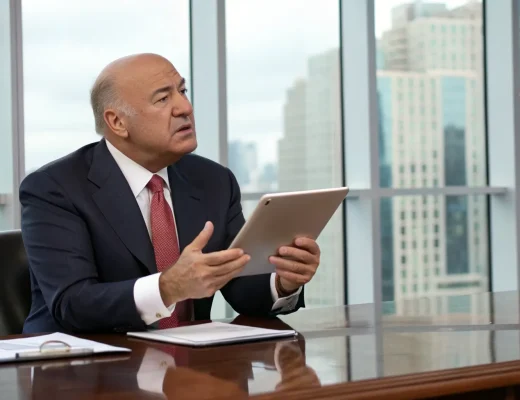Investors reviewing their
second-quarter investment account statements are experiencing relief rather than excitement as US equities show signs of recovery following a turbulent start to the year.
Earlier this year, US stock markets approached bear market territory, defined as a 20% decline from recent highs. The recovery represents a significant turnaround from the pessimistic outlook that dominated market sentiment during the first months of 2024.
Multiple Factors Behind Early Year Market Pressure
Several key factors contributed to the market uncertainty that rattled investors in the first half of the year. Among these were growing concerns about international competition in artificial intelligence technology, specifically from China’s
DeepSeek AI platform.
Market analysts noted that fears about DeepSeek’s technological capabilities created downward pressure on major US technology companies, which have been primary drivers of market growth in recent years.
US equities flirted with a bear market earlier this year. There were concerns that China’s DeepSeek artificial intelligence would bring down US technology titans.
Trade Tensions Add to Market Volatility
Trade policy also played a significant role in market uncertainty. The implementation of new tariffs raised questions about
global trade relationships and potential impacts on corporate profits for companies with international supply chains or significant overseas markets.
These tariffs, part of ongoing
trade tensions between major economic powers, created additional headwinds for stocks during the early months of the year as investors attempted to assess their potential long-term economic impact.
Second Quarter Shows Signs of Stabilization
Despite these challenges, second-quarter statements reflect a market that has found its footing. The recovery suggests that investors have adjusted their expectations regarding both AI competition and trade policy impacts.
Financial advisors point to several factors that may have contributed to the market stabilization:
- Strong corporate earnings that exceeded lowered expectations
- Adaptation strategies by US technology companies facing international AI competition
- Clearer understanding of how tariff policies will affect specific sectors
- Continued strength in consumer spending despite economic headwinds
The market recovery remains tentative, however, with many investors maintaining cautious positioning in their portfolios. This measured approach reflects ongoing uncertainty about inflation, interest rates, and geopolitical tensions that could still impact market performance in the
second half of the year.
For many individual investors, the second-quarter statements represent not a return to the exuberant gains of previous years, but rather a welcome respite from the significant volatility and downward pressure experienced earlier in 2024.
As markets enter the third quarter, attention will likely focus on whether this stabilization can transition into sustained growth or if the underlying concerns that drove the early-year decline will resurface with renewed impact.







